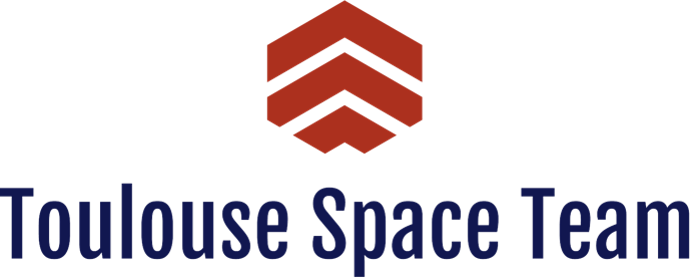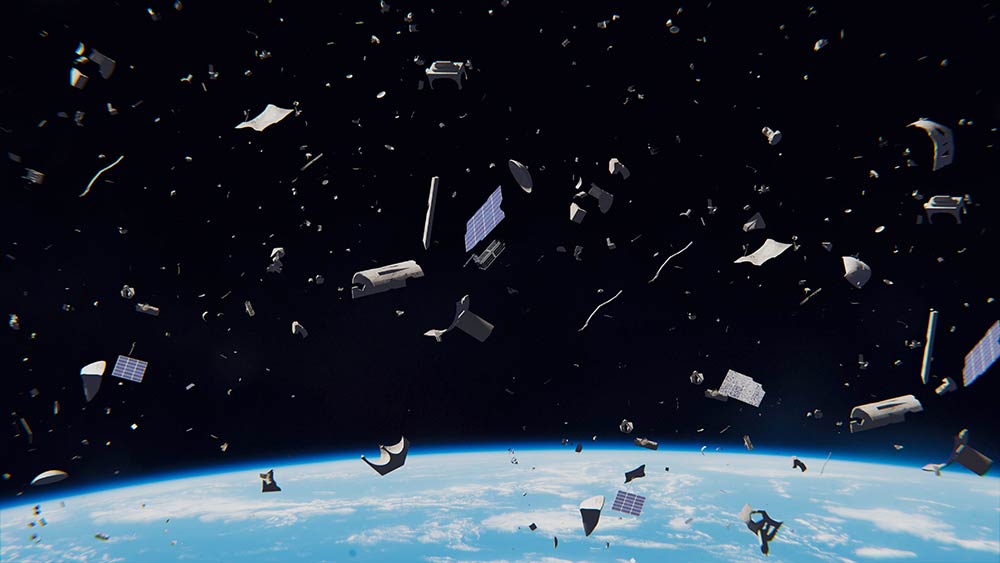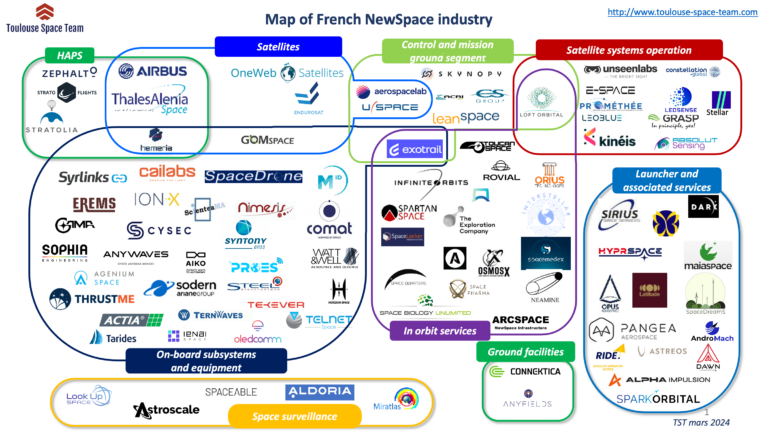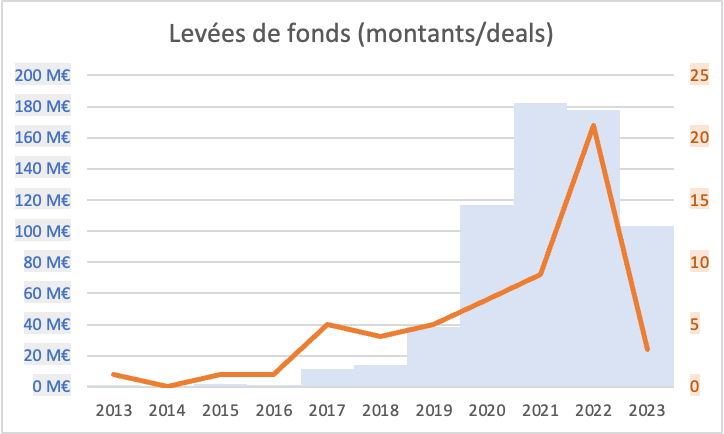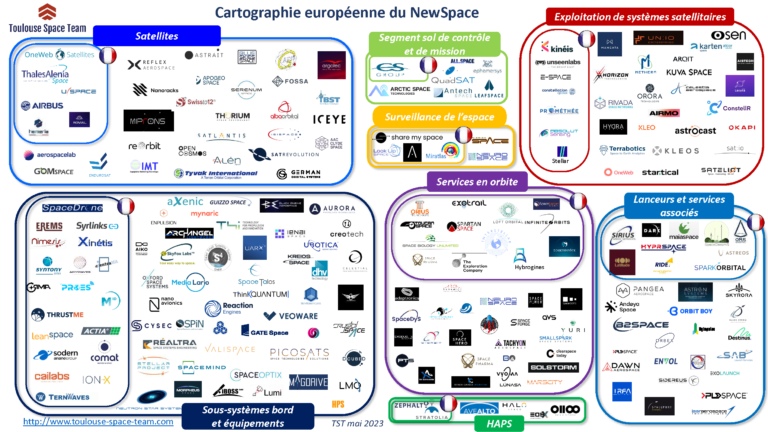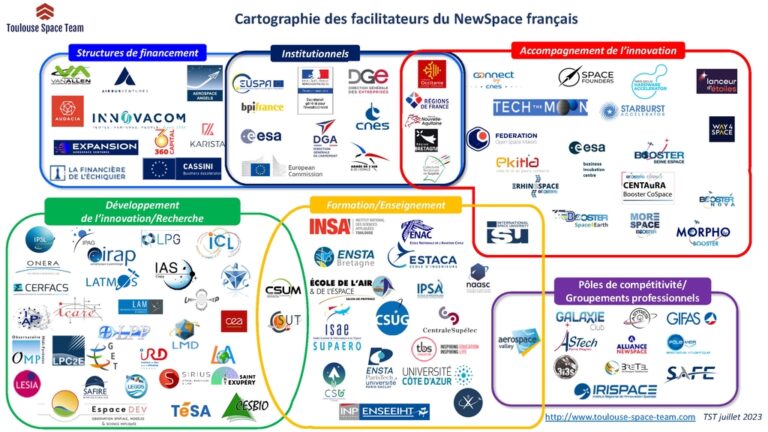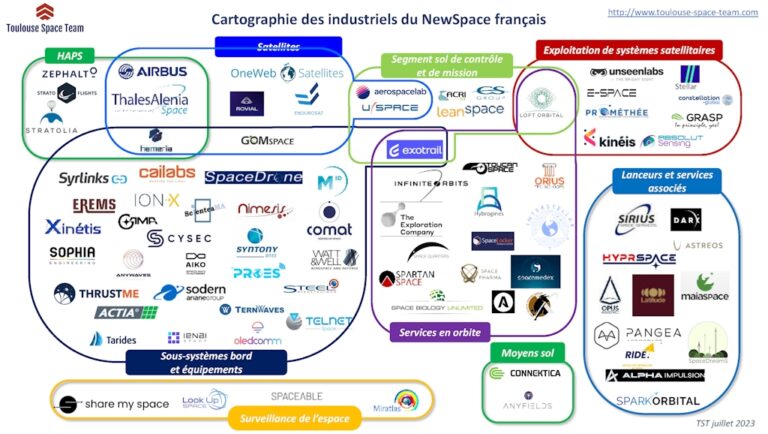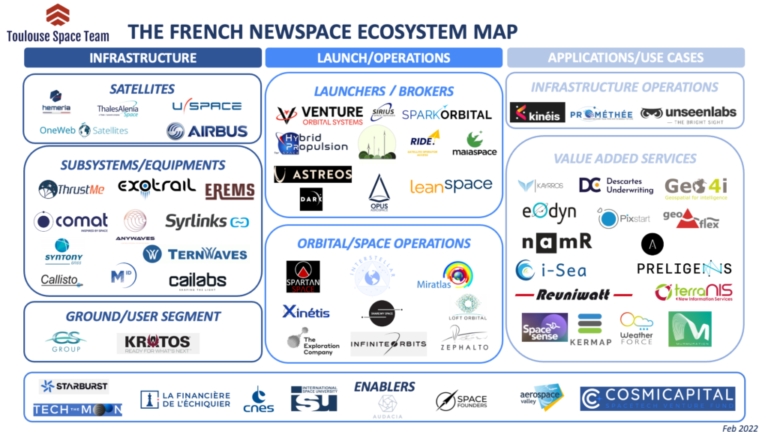Estimates for satellites launched in the coming 10 years vary widely between 20000 up to 100000 (or more). Whatever the real number will be, the increase will be dramatic given the existing 3000 satellites currently in orbit. An obvious side effect will be the creation of new space debris. Given this trend, the number of generated debris will probably increase dramatically with a collision risk increasing exponentially. This has been studied by Donald Kessler for NASA in the late 1970s and is now called the Kessler syndrome: with a great number of objects in orbit, any collision can generate a chain reaction destroying many satellites. Alfonso Cuaron’s Gravity movie brilliantly showed this on the screen in 2013.
Gauging Associated Risks For Space Activities
This poses new risks for the industry, as it may require more careful orbit optimization, may reduce satellite lifetime and bring additional costs in operations, insurance and satellite design. It is also a risk for the population, as uncontrolled re-entries are evident threats to the population.
Ways and Means To Mitigate The Space Debris Risks
What can be done to address this issue? There are several steps that can be taken to address this new issue.
The industry can organize itself to self-regulate its activities as this has been implemented in other sectors. However, given the strategic nature of the sector, it may be difficult to organize this without the support or enforcement of governments.
As a matter of fact, there is no global regulation today nor an international body that looks into this field. The UN published a set of good practices on the debris subject (through COSPUOS) in 2007. And while ITU or UNOOSA act globally on limited subjects, all countries have their own governing bodies for space and specific regulations. For example, France has implemented the LOS (Law Of Space) to manage satellites end of life. However, this regulation only applies to French companies and there is an evident need for a global regulation to tackle this issue.
New technical improvements may help to improve the situation such as active debris removal (ADR) which aims at cleaning the orbit or post mission disposal (PMD) which aims at accelerating re-entry.
Once debris are created, identification of the objects and their trajectories is key to avoid collisions. Most of the data available regarding Space Debris comes from NORAD which tracks 27000 objects continuously. In Europe, EU SST supported by the European Commission addresses these issues. In France, the CDE is responsible for the security of French space assets. Private companies start working on this subject. In France, Share My Space starts providing data and services for this matter through a catalogue of more than 250K objects. In the USA, Steve Wozniak, cofounder of Apple, started a company called Privateer Space to address the problem. These structures are quite new and the effectiveness of their offer will be assessed in the future.
Orbit cleaning is the final step that can be taken while debris are orbiting earth. Several Newspace projects and companies (Clearspace, Astrospace) are on their way to demonstrate this kind of capability, but this has not been proven yet. According to the SWF (Secure World Foundation), several countries such China and Russia are working on space tugs projects to remove space debris but possibly also for security purposes. In any case, without a global regulation, the issue of the cost of removal has not been addressed. As a summary of this short note, we will just stress the fact that this problem is growing and that while technical projects may address this, global regulation and overall industry responsibility is needed to keep the LEO orbit usable in the future. This is where Newspace may come in ….
